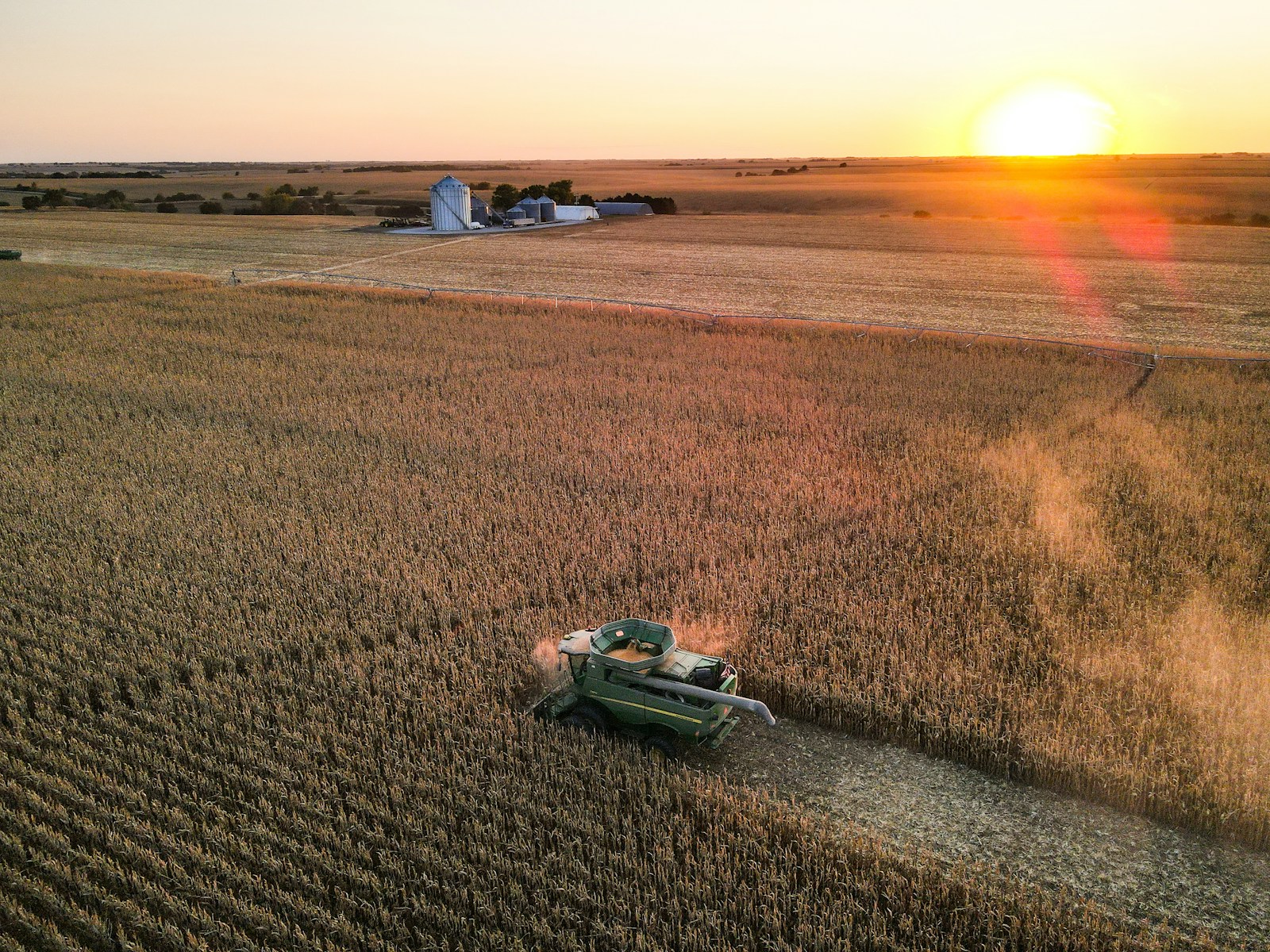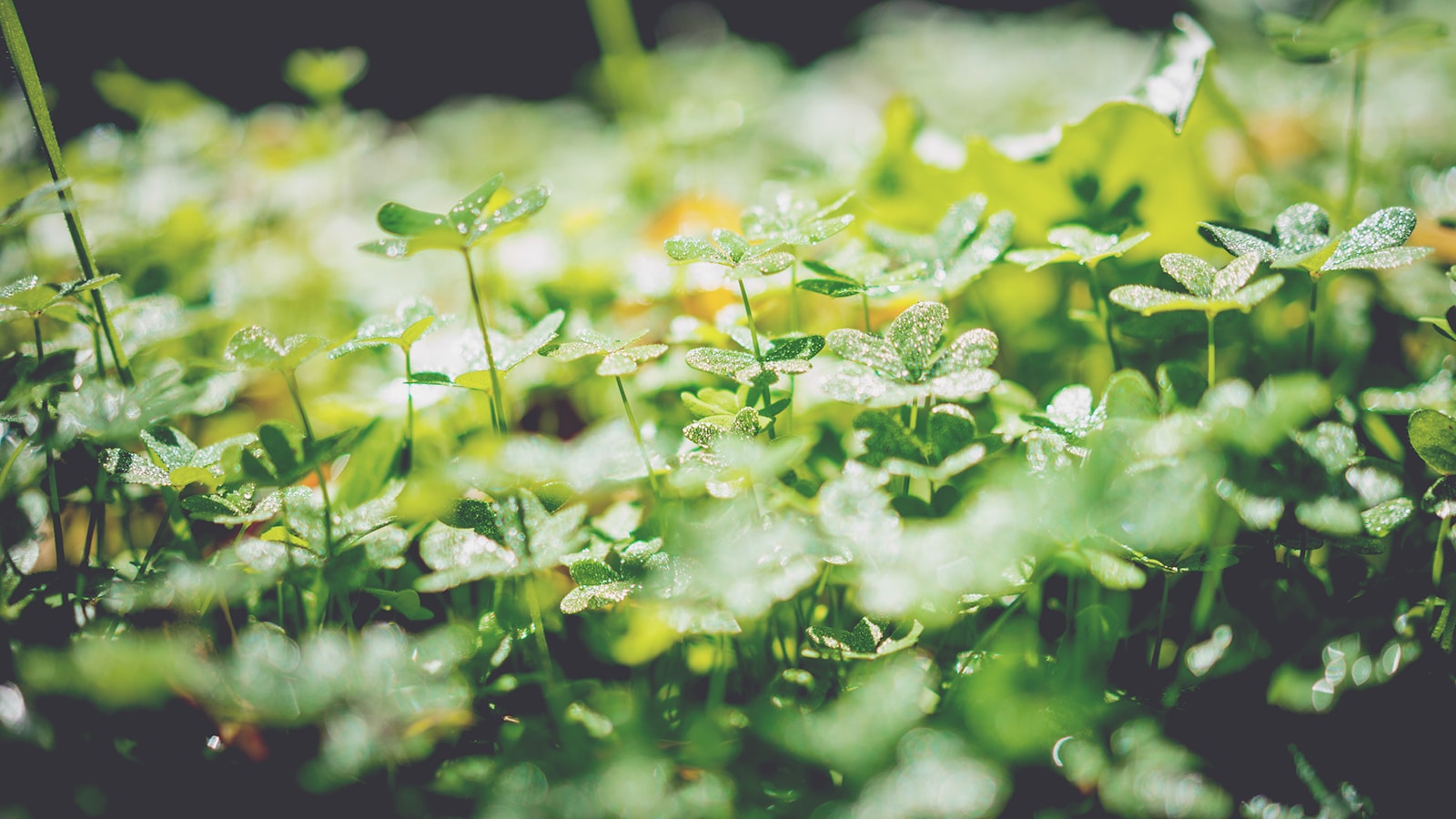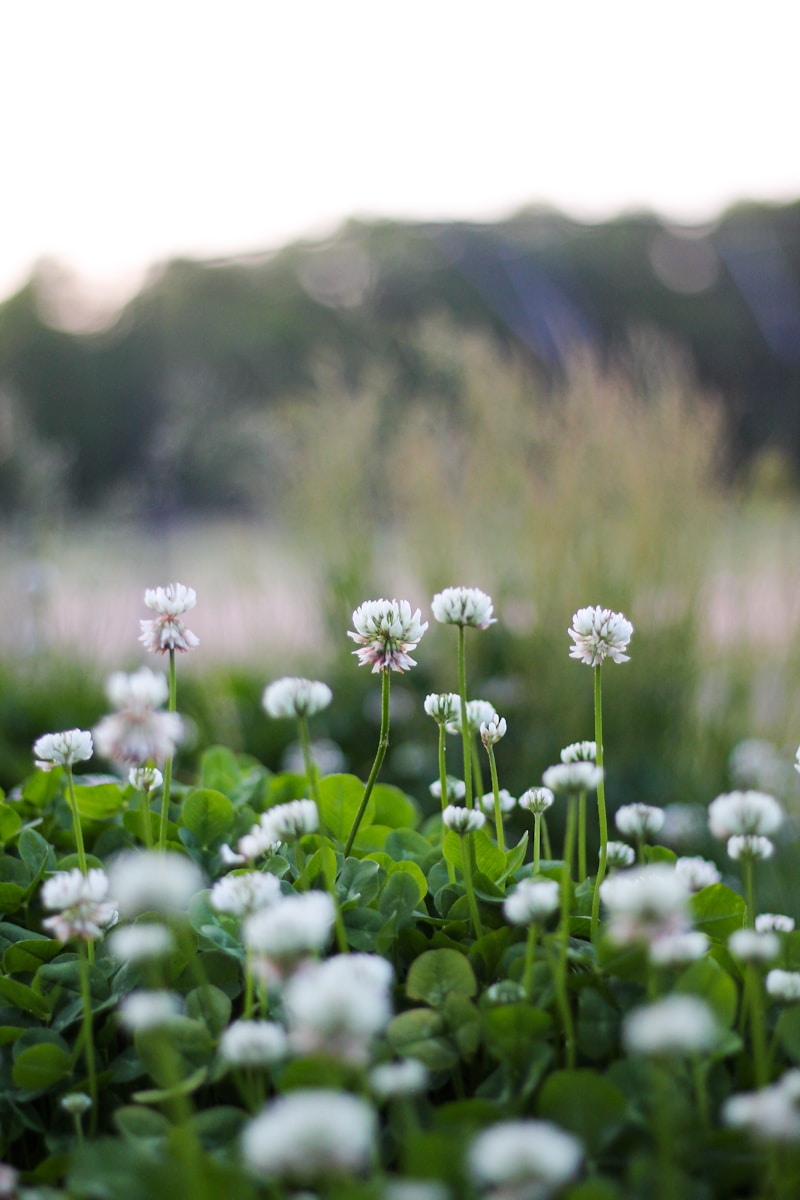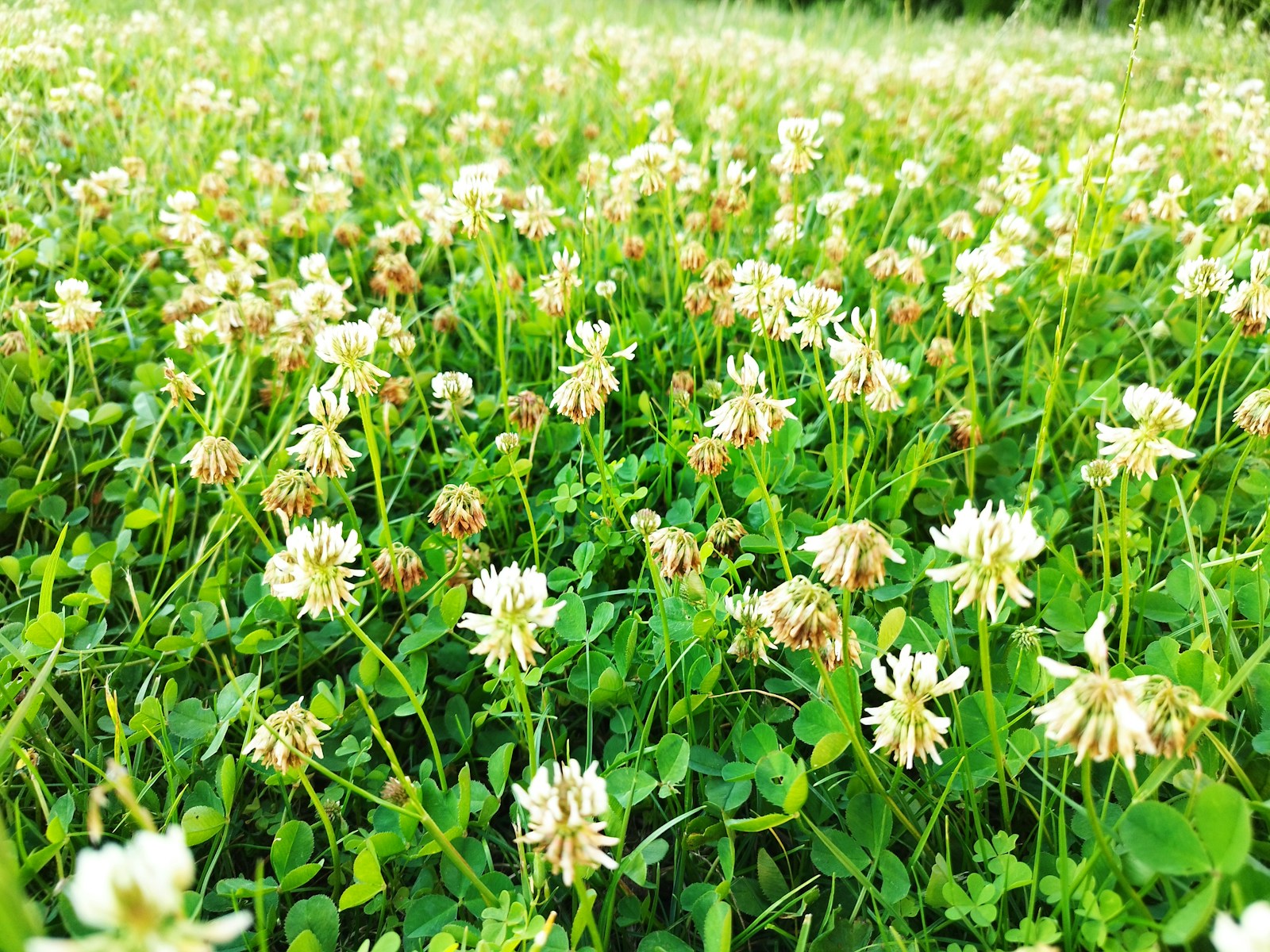Loamy soil is often considered the gold standard for gardeners and farmers alike, thanks to its ideal balance of sand, silt, and clay. Whether you’re gardening in the Great Plains, the Pacific Northwest, or parts of the Northeast like Pennsylvania and New York, understanding how to work with loamy soil can lead to thriving plants and abundant harvests.
What is Loamy Soil?
Loamy soil is a well-balanced mixture of approximately 40% sand, 40% silt, and 20% clay. This unique composition offers several benefits:
- Excellent Drainage: Prevents waterlogging while retaining essential moisture.
- Nutrient Retention: Holds nutrients effectively for sustained plant growth.
- Good Aeration: Encourages healthy root development.
Why Loamy Soil is Ideal for Gardening
Loamy soil provides a perfect balance between drainage and moisture retention, making it suitable for a wide variety of plants, including vegetables, fruits, and ornamentals. Compared to sandy or clay-heavy soils, loamy soil offers improved workability and better fertility.
How to Identify Loamy Soil
To determine if your soil is loamy, try these simple tests:
- Feel Test: Take a handful of moist soil and squeeze it. Loamy soil should hold its shape but crumble easily when disturbed.
- Water Drainage Test: Water should seep into the soil without pooling or draining too quickly.
- Soil Texture Jar Test: Fill a jar with soil and water, shake well, and let it settle. Loamy soil will form distinct layers of sand, silt, and clay.
Preparing Loamy Soil for Planting
Follow these steps to prepare your loamy soil for optimal growth:
- Test the Soil pH: Aim for a pH level between 6.0 and 7.0.
- Enrich with Organic Matter: Add compost, manure, or peat moss to improve structure and nutrient content.
- Tilling: Light tilling can help aerate the soil, but avoid over-tilling to preserve soil structure.
- Mulching: Apply a layer of mulch to retain moisture and suppress weeds.
Best Plants for Loamy Soil
Thanks to its versatility, loamy soil can support a wide variety of plants, including:
- Vegetables: Tomatoes, carrots, peppers, and lettuce
- Fruits: Apples, strawberries, and blueberries
- Flowers: Roses, sunflowers, and marigolds
- Shrubs and Trees: Maple trees, azaleas, and lilacs
Common Challenges and Solutions
While loamy soil is highly desirable, it does come with some challenges:
| Challenge | Solution |
|---|---|
| Soil Compaction | Avoid heavy machinery and overwatering |
| Nutrient Depletion | Regularly add organic amendments |
| Weed Growth | Use mulch or cover crops |
Seasonal Care Tips
Spring
- Conduct soil tests and amend as needed.
- Start seeds indoors and transplant them into the soil once the frost risk is over.
Summer
- Water deeply to encourage root growth.
- Apply mulch to retain moisture.
Fall
- Add compost to prepare for winter.
- Consider planting cover crops to prevent erosion.
Winter
- Avoid walking on the soil to prevent compaction.
- Plan your garden layout for the upcoming season.
Environmental Impact and Sustainability
Loamy soil supports sustainable gardening practices by reducing water runoff, promoting biodiversity, and minimizing the need for chemical fertilizers. Incorporating cover crops and practicing crop rotation can further enhance soil health and sustainability.
Real-Life Example
Emma, a home gardener in Pennsylvania, transformed her backyard into a thriving vegetable garden by amending her loamy soil with compost and rotating crops annually. Her success highlights the importance of soil management and sustainable practices.
Final Thoughts
Loamy soil is a gardener’s best friend, offering the perfect balance of nutrients, moisture retention, and aeration. By understanding how to work with it effectively, you can cultivate a thriving garden that yields healthy plants year after year.



